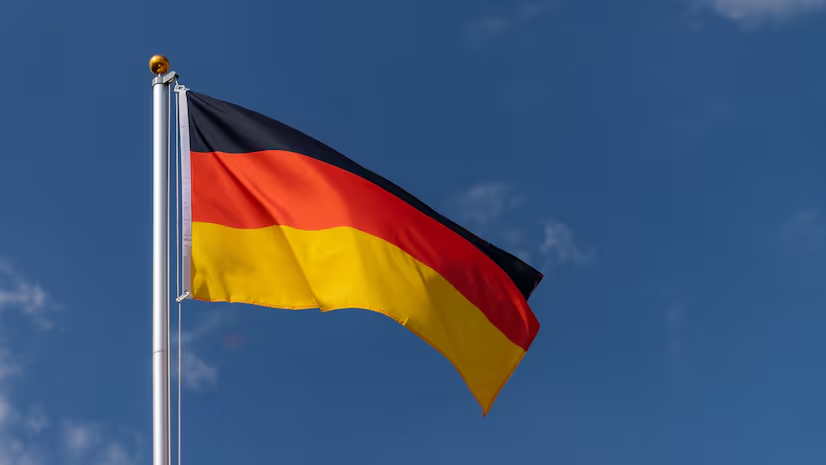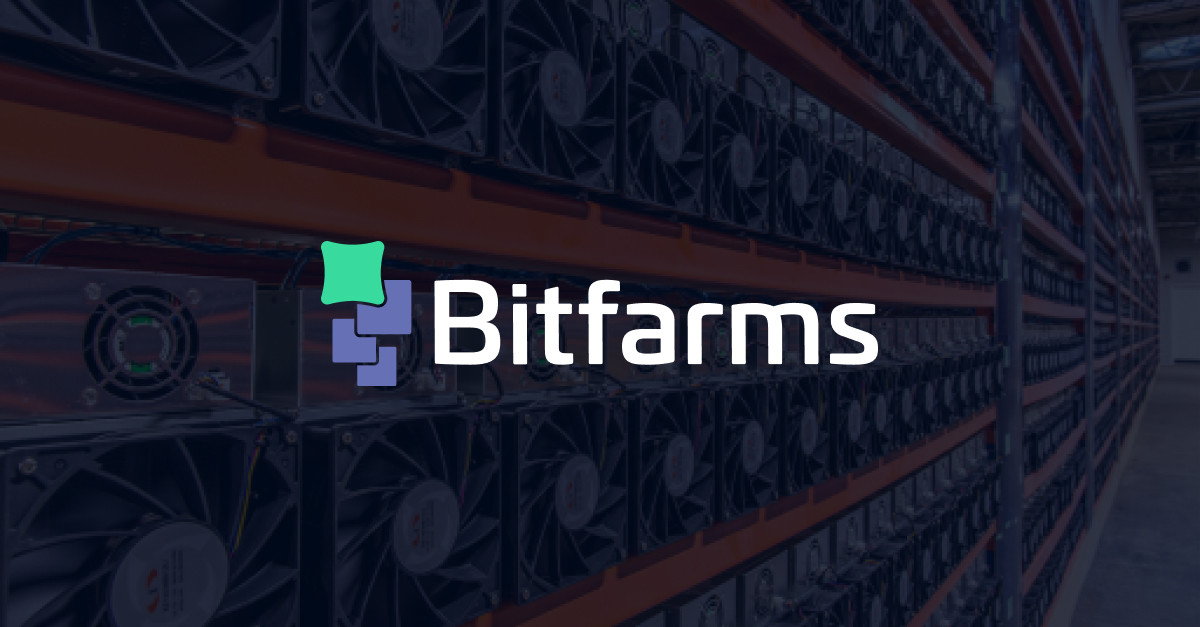Germany’s manufacturing sector showed signs of resilience as factory orders unexpectedly jumped 4.2% in September, far surpassing the anticipated 1.5% growth. The rebound, reported by the Federal Statistics Office, is a positive indicator following a 5.4% drop in August, suggesting that German industry may be regaining momentum.
Manufacturing Sector Recovery in Focus
The increase in factory orders is being closely watched as an early signal of recovery for Germany’s critical manufacturing sector. This 4.2% monthly rise not only exceeded expectations but also marks a significant rebound from August’s sharp decline. Over the past year, industrial orders in Germany rose by 1.0%, a notable improvement compared to the 3.4% contraction previously reported.
These results underscore the renewed demand for German-made goods, particularly as global supply chain issues ease and European economies stabilize. Some analysts attribute this boost to a recovery in both domestic and export orders, with machinery and automotive sectors seeing particularly high demand.
FX Implications: Euro Gains Support, but Struggles to Hold Gains
The Euro has shown some resilience against the U.S. Dollar on the back of Germany’s better-than-expected factory data. As of writing, EUR/USD is trading around 1.0740, trimming earlier losses but still down 1.75% due to market concerns about a potential Donald Trump presidency.
“Today’s robust data supports the Euro’s current level but isn’t enough to counter broader USD strength, especially with global investors leaning towards safe-haven assets,” commented a currency analyst. Despite the brief EUR support, the overarching strength of the dollar could keep the EUR/USD pair under pressure.
Also read : Bitcoin vs. Inflation – 47% Of German Crypto Exchanges Shut Down Amid Fight For Financial Sovereignty
Outlook: German Manufacturing Faces Challenges Ahead
While September’s positive numbers are encouraging, the German manufacturing sector isn’t out of the woods yet. Factors like potential economic slowdowns in major trading partners and persistent inflation pressures may still challenge Germany’s industrial growth.
For now, however, September’s unexpected surge in factory orders offers a bright spot in Europe’s economic landscape, giving policymakers and investors alike a reason to feel cautiously optimistic.



